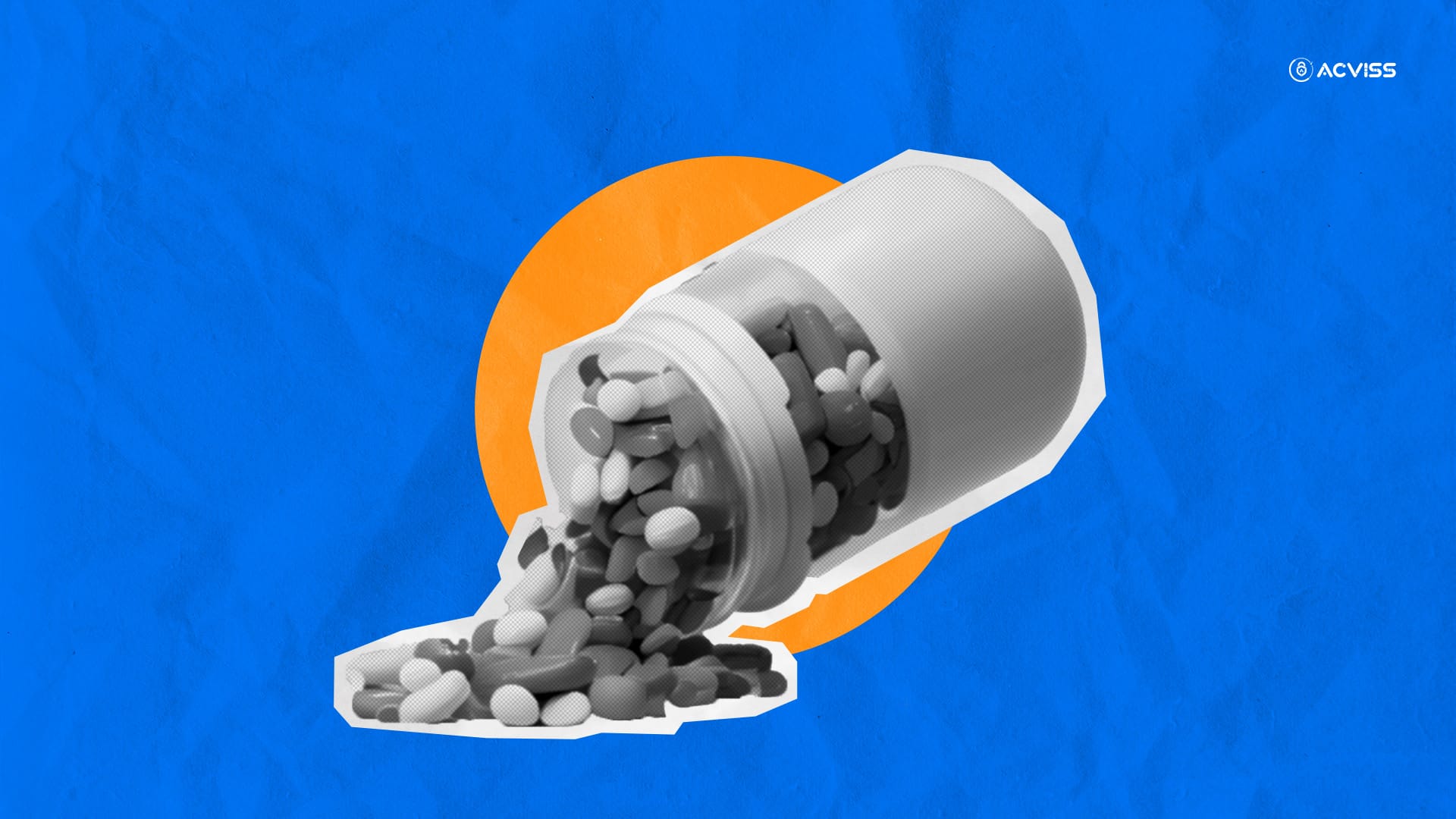Parent-Child Traceability to Combat Drug Diversion and Repackaging Fraud

Introduction: Why Parent‑Child Traceability Matters
Parent‑child traceability refers to linking batch numbers from parent units (e.g., master batch) to child units (e.g., retail packs). This structure plays a critical role in ensuring product authenticity across complex pharmaceutical supply chains. It helps prevent drug diversion, repackaging fraud, and unauthorized product leakage across manufacturing facilities, warehouses, and distribution channels.
Recent Global and India Cases (June–July 2025)
Global: DOJ Charges in Massive Drug Diversion Takedown
On June 30, 2025, the U.S. Department of Justice announced charges against five defendants in a healthcare fraud and drug diversion operation. The scheme was part of a $14.6 billion investigation into illegal sales of controlled substances. One specific case involved a nurse who tampered with opioid vials by substituting saline, an instance of repackaging fraud.
Sources:
India: Multinational Pharma Unit Under Investigation

On June 27, 2025, law enforcement raided a pharmaceutical manufacturing unit in Chhatrapati Sambhajinagar and seized mephedrone worth ₹1.25 crore. The drugs were concealed within plastic scrap, raising red flags about production-line theft, unauthorized repackaging, and illegal diversion.
Source:
Threats in the Supply Chain
Threat Type | Description |
|---|---|
Drug Diversion | Unauthorized removal of drugs from the legitimate supply chain, often for black-market sale. |
Repackaging Fraud | Altering original packaging, sometimes substituting or diluting the actual product. |
Document Forgery | Falsified certificates, batch records, or shipping documents to mask illegitimate movement. |
Batch Mismatch | Child units that cannot be traced back to a legitimate parent batch, indicating possible fraud. |
Role of Parent‑Child Traceability
- Batch Integrity Verification: Real-time validation of individual product units by verifying their connection to the parent batch.
- Targeted Recalls: In the event of a safety issue, traceability enables rapid and targeted recalls without impacting the entire batch.
- End-to-End Authentication: Every checkpoint from manufacturing to warehouse to the retail shelf can verify authenticity.
- Digital Audit Trail: Each scan logs data into the system, helping investigate inconsistencies, diversions, or suspicious returns.
Implementation Based on Threat Level

High Risk: Manufacturing and Primary Packaging
- Use serialized QR or barcode labels tied to master batch records.
- Deploy IoT scanners at packaging lines to log and validate every unit.
- Apply tamper-evident seals and log any seal breaks.
- Analyse scan patterns in real time to detect duplicates or anomalies.
Medium Risk: Distribution and Warehousing
- Require mandatory scans on every inward and outward movement.
- Conduct inventory checks against digital records to identify discrepancies.
- Use geo-fencing to track unauthorized package movement.
- Schedule regular audits of transaction logs and chain-of-custody data.
Low Risk: Retail and Returns
- Enforce a scan-on-return policy that verifies product history before restocking.
- Connect point-of-sale systems to batch lookup databases.
- Train retail staff to identify tampering, suspicious packaging, or expired codes.
Conclusion
Parent‑child traceability is more than a compliance tool. It is a cornerstone of a zero trust supply chain approach that enhances transparency, control, and accountability. With global and Indian case studies highlighting the scale of drug diversion and repackaging fraud, now is the time for pharmaceutical companies to act.
A multi-layered traceability strategy, implemented across manufacturing, warehousing, and retail environments, not only protects brand integrity but also strengthens consumer trust.
FAQs
What is parent-child traceability in pharma supply chains?
Parent-child traceability is a system that links each retail-level (child) unit of a product to its corresponding master batch or packaging unit (parent). This allows full visibility across the supply chain, enabling tracking from manufacturing to the end user.
Why is this important for pharmaceutical brands?
It helps prevent drug diversion and repackaging fraud while meeting global compliance standards like DSCSA (USA), EU FMD, and India’s CDSCO guidelines. GS1-compliant traceability also ensures smooth exports and collaborations across international markets.
How does this traceability help reduce drug diversion?
Drug diversion often happens when products are stolen or rerouted. With traceability, each child unit is logged and verified at every point in the chain. If a product appears where it shouldn't, the system flags it immediately.
Can it stop repackaging fraud?
Yes. Since each unit is linked to a digital record, counterfeiters cannot replace or alter packaging without being detected. Any mismatch between scanned data and the batch record raises a red flag.
How complex is implementation?
Implementation is modular. It starts with serialization at the packaging line and extends to warehouse and retail integrations. Acviss provides APIs and mobile apps to ease onboarding with minimal disruption to existing systems.
How does it support regulatory compliance (like CDSCO, DSCSA)?
Parent-child traceability supports global compliance standards by generating auditable logs, providing product pedigree data, and enabling targeted recalls—all of which are essential for DSCSA (USA), EU FMD, and CDSCO (India) requirements.
What kind of businesses benefit from this?
Any business in the pharmaceutical, nutraceutical, medical device, or high-value health product segments benefits. It's especially useful for companies with complex multi-tier distribution networks or those dealing with high counterfeit risk.
How do consumers or retailers verify the product?
Each unit can carry a unique QR code or digital tag. Retailers or consumers can scan it using a smartphone to confirm authenticity, batch information, and validity in real time.
What ROI can businesses expect?
Reduction in fake product returns
Fewer market complaints and warranty claims
Faster, more targeted recalls
Strengthened brand equity and compliance confidence
If your organization is exploring digital authentication, batch-level traceability, or serialized QR labelling, Acviss can help with robust, scalable solutions.